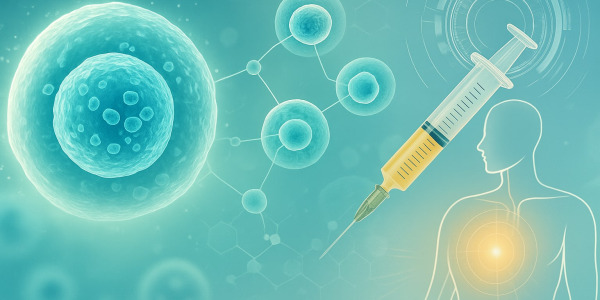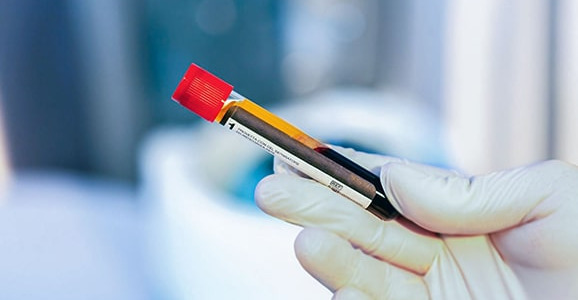The information we provide is for your information only and does not replace a personal consultation, examination or diagnosis by a registered doctor.
In principle, no remote diagnosis or therapy suggestion can be made in individual cases. The information and content provided is intended to offer general, non-binding support to those seeking advice. The information provided by the respective experts is no substitute for a visit to the doctor, but can usefully supplement and support the dialogue between patient and doctor.
We do not offer advice, recommendations or enquiries about the purchase and/or use of medicines, other health products, diagnostic or therapeutic procedures.
We also warn against self-medication. The content provided by us cannot and should not be used to make an independent diagnosis and/or independent selection and application, or to change or discontinue any medication, other health product or healing process. Please consult your doctor or pharmacist for this!
The content available on our website is carefully compiled and meets high quality standards. Medical texts are written by experts. The accuracy of the content is regularly checked and updated. Knowledge in medicine is subject to constant change through scientific research and development in medical practice. Our authors and medical experts ensure that medical information is presented correctly and comprehensibly, even for laypersons. However, we and third parties do not assume any responsibility for the completeness, accuracy, correctness and up-to-dateness of the contents of the website.

PRP and the role of nutrition: Optimizing patient response through pre- and post-therapeutic measures
Nutrition can make all the difference: Discover how micronutrients, a low-inflammatory diet, and targeted preventive measures improve the effectiveness of PRP therapies—scientifically proven and explained in practical terms.
Read more
PRP in pain therapy: beyond the joints - new indications and protocols
Discover the revolutionary applications of Platelet Rich Plasma (PRP) in pain management that go far beyond joint pain. This article highlights how PRP effectively treats neuropathic pain, fascial disorders and chronic back pain, and provides medical professionals with sound insights into protocols, practical considerations and legal aspects. Learn how PRP has the potential to make a lasting difference in pain management. Translated with DeepL.com (free version)
Read more
PRP treatment: When caution is advised – A comprehensive guide to contraindications for medical professionals and patients
Not everyone benefits from PRP: Find out in this article who is not suitable for autologous blood therapy for hair loss, osteoarthritis, or skin treatments. With medical depth, clear explanations, and references to studies – understandable for patients and doctors.
Read more
Telozytes and their symphony with PRP
Telozytes—the unknown communication cells—unleash fascinating potential in regenerative medicine when combined with PRP. Discover how this cell duo could revolutionize tissue healing. Find out now!
Read more
The symphony of hearing: How the body's own PRP is giving new hope in otology
PRP (platelet-rich plasma) is increasingly revolutionizing otology. This specialist article provides in-depth, practical information on how PRP is used to treat sudden hearing loss, tinnitus, and cochlear damage, including studies, protocols, recommended materials, and legally compliant application.
Read more
PRP for liver regeneration: Hope for fibrosis and cirrhosis
PRP—the body's own healing concentrate—shows promising results in chronic liver damage. In this article, you will learn how growth factors slow fibrosis and inflammation and promote regeneration.
Read more
Temperature-controlled PRP in modern medicine: basics, advantages, and applications
t-PRP – temperature-controlled platelet-rich plasma – is considered the next stage in autologous blood therapy. Without any additives, it activates the body's healing powers in a targeted, long-lasting, and particularly well-tolerated manner. New applications are emerging in aesthetics, trichology, urology, and gynecology. Find out what makes t-PRP so unique – medically sound and explained in an exciting way.
Read more
What are PRP tubes?
Platelet-rich plasma, better known as PRP, is an autologous procedure in which a person's whole blood is drawn. The platelets are then concentrated using a centrifuge and special PRP tubes. The platelets, which contain several growth factors, are then taken again -in this feature injected into the same person makes PRP alone a very safe procedure that eliminates the likelihood of contracting communicable diseases.
Read more